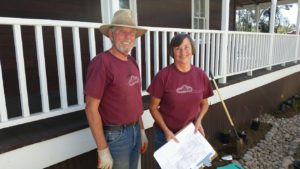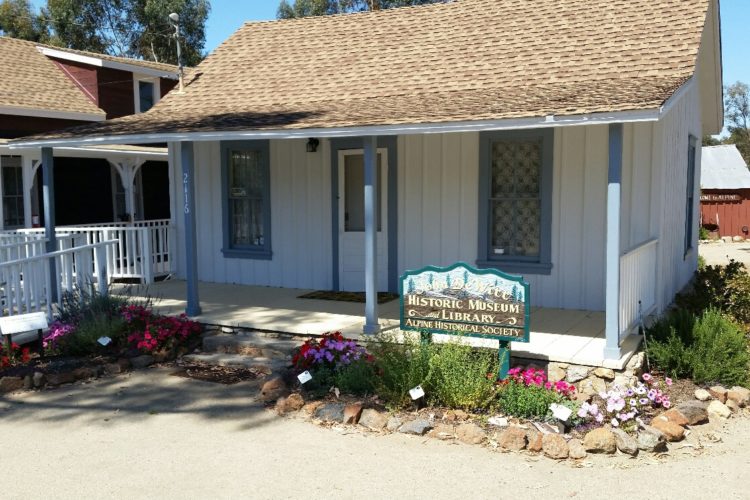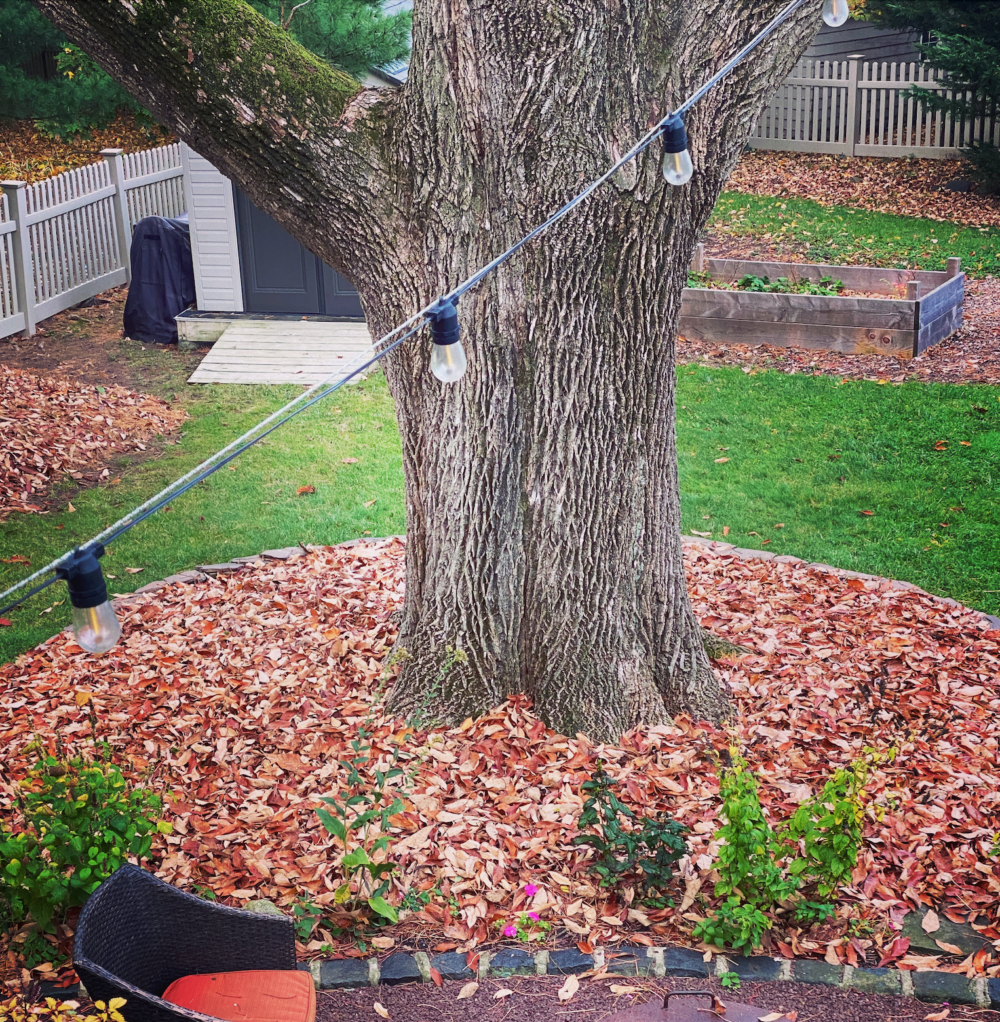We have much more to do and your continued support is needed now more than ever.
The First Community Wildlife Habitat
This Week in NWF History

Since 1936, the National Wildlife Federation has worked to conserve the nation’s wildlife and wild places. As part of our 80th anniversary celebration, we are recognizing important moments in our history that continue to make an impact today.
How did Alpine, California become the nation’s first certified Community Wildlife Habitat? It all started in the late 1990s with Maureen Austin, an avid gardener and the founder of C.H.I.R.P. (Center to Help Instill Respect for Garden Wildlife, Inc.). She encouraged the Alpine community to create wildlife habitats in their home gardens and places of business. One by one, residents began sending in their applications to have their gardens certified by the National Wildlife Federation, and in no time at all, Alpine had more Certified Wildlife Habitat® gardens than any other city in the country.

On May 1, 1998, the National Wildlife Federation designated Alpine as “America’s First Community Wildlife Habitat.” Thanks to Ms. Austin’s efforts, there are nearly 200 Certified Wildlife Habitats® throughout Alpine, and this number continues to grow as each property owner does their small part to benefit the community and wildlife. All one needs to do to create a Certified Wildlife Habitat® is to supply water, food, cover and a place for wildlife to raise their young.

Ms. Austin’s family moved away from Alpine last year, so the Alpine Historical and Conservation Society (AHCS) now coordinates the Community Wildlife Habitat program. One of their goals is to promote habitat development and encourage even more Alpine residents to certify their gardens.
The AHCS received its wildlife habitat certification in March 1998, and this year members have created a wildlife habitat garden exhibit at their museum, the John Dewitt Historic Museum and Library. Tom and Judy Myers created the habitat garden plan, focused on drought-tolerant native species, and volunteers Helen Porter, Babs Rosenberg, Baltazar Marquez and Carlette Anderson helped with the planting.

River rocks sit in the middle of the garden, and planted around the rocks are coral bells, monkey flower, ceanothus, baja fairy duster, John Dourley manzanitas, Margarita BOP penstemon, purple sage and native sunflowers. The existing aloes were retained, and they installed a toad adobe, birdhouse, solitary bee hotel, and fountain.

Alpine’s Back Country Land Trust (BCLT) is working to restore and enhance the two known populations of San Diego thornmint (Acanthomintha ilicifolia) found at Wright’s Field Preserve, located across the street from the museum. This delicate member of the mint family is the “most endangered” plant in San Diego County.
Many native thornmint populations in San Diego County have already been lost to urban development, competition from non-native species, and other disturbances. At one point there were approximately 450 thornmint plants growing in Wright’s Field, but by 2012, that number was down to less than 50 plants. In 2013, BCLT received funding from the San Diego Association of Governments (SANDAG) through their Environmental Mitigation Program grants to begin restoration and enhancement of the thornmint populations back to mid-1990s levels.
The area’s popular Sage & Songbirds festival, previously organized by C.H.I.R.P., has been reinvented in a new format by the Alpine Garden Club and renamed “Waterwise and Butterflies.” This annual event is held the first Saturday in May and features sales of plants selected to promote drought-tolerant habitat gardening. A wide array of vendors offer items to enhance wildlife habitat gardens.
No matter how large or small your property is, you can create a wildlife habitat in your garden. Even an apartment patio can provide enough space for a small bird bath, a few native plants, a bird house and a bird feeder. Birds and other wildlife will be able to find the resources provided for them.
Find Out How to Certify Now
Certify your community or backyard today!
Carlette Anderson, an Alpine Historical and Conservation Society board member and Director of the Community Wildlife Habitat Program in Alpine, CA, contributed to this post.





















